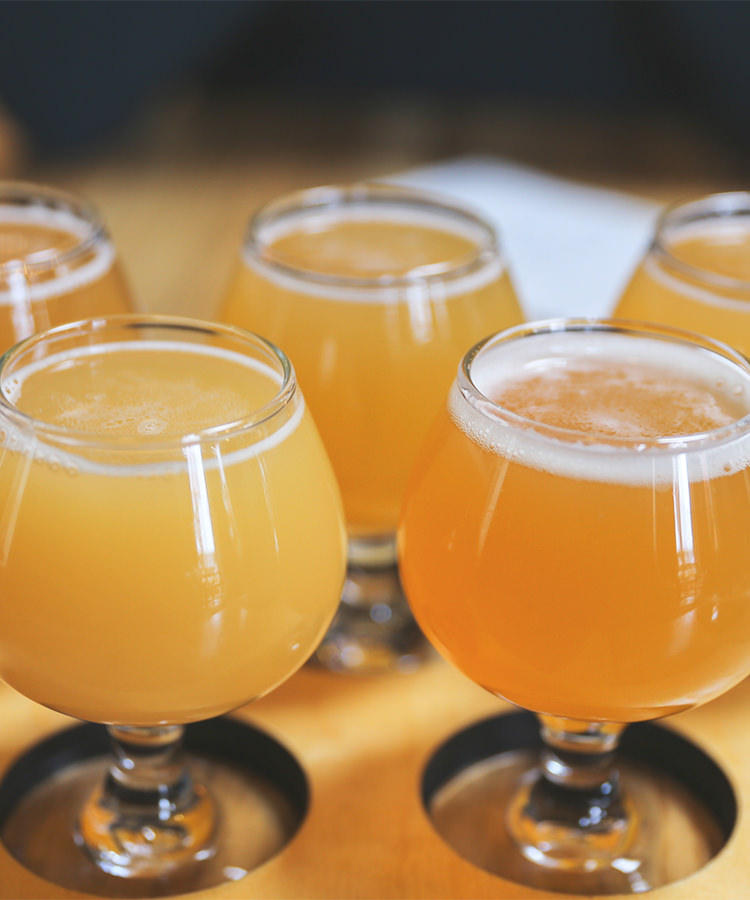It’s in vogue to produce and consume things that are natural, wild, and untreated by modern industrial methods. That goes for food, wine, and, increasingly, beer.
There are many breweries in the U.S. producing unpasteurized beer. But what is it exactly? Here’s everything you need to know before drinking unpasteurized beer.
What is it?
An unpasteurized beer is, as the name states, a beer that hasn’t been through the pasteurization process. It’s a product largely defined by what it isn’t.
Many commercial canned and bottled beers are pasteurized in the same way as any other product is pasteurized. The cans and bottles are run through a hot water spray that’s around 140 degrees to kill any bacteria and stop any yeast still in the beer from growing.
Unpasteurized beers skip that step. To keep the untreated beers fresh, they need to be continuously chilled and consumed as close to the production date as possible.
Is it safe?
Unpasteurized beer is safe. As a rule, drink unpasteurized beer within 45 to 60 days of the production date and make sure that you are buying from somewhere that kept the beer cold from production to the point it’s open and in your hand.
When did it start?
All beers were pasteurized before the 1870s, near the end of the Franco-Prussian war (or the War of 1870). The father of pasteurization, Louis Pasteur, wanted to make French beer taste better.
He was “studying the diseases of beer,” according to the Edinburgh Review. The French knew (and know) their wine, but beer spoils faster. Pasteur noted that beer fermented between 77 and 95 degrees was susceptible to lactic, acetic, and butyric acids that spoiled it. If it was spontaneously fermented outside, wild yeasts had a tendency to add off notes like rubber.
So Pasteur “introduced another safeguard,” as the Edinburgh Review puts it.
“He has taught the brewers to bottle the beer when fermentation is approximately complete, and then to expose the bottles for a short time to a temperature ranging between 122 degrees and 131 degrees Fahrenheit,” the Edinburgh Review writes. “By this management all extraneous germs of undesirable ferments are killed, and the beer consequently remains sound for long periods of time. This is essentially the practice which is now pursued upon a very large scale, and which is familiarly known as the Pasteurization of beer.”
Who produces it now?
Today, many craft breweries forgo the pasteurization process for some or all of their beers. Pasteurization equipment is expensive, and craft breweries design their beers to be consumed in the tap room or in a short window of time at a location close to the brewery.
The list of breweries selling unpasteurized beer would be too long to put here, but as a general rule, the beer in your local taproom and the beer sold in the same town and area as the craft brewery it was produced in (think hazy New England IPAs). Some unpasteurized beers will list it on the label or marketing materials, but just because it doesn’t say unpasteurized doesn’t mean it’s not. The majority of kegged beer is also unpasteurized.
